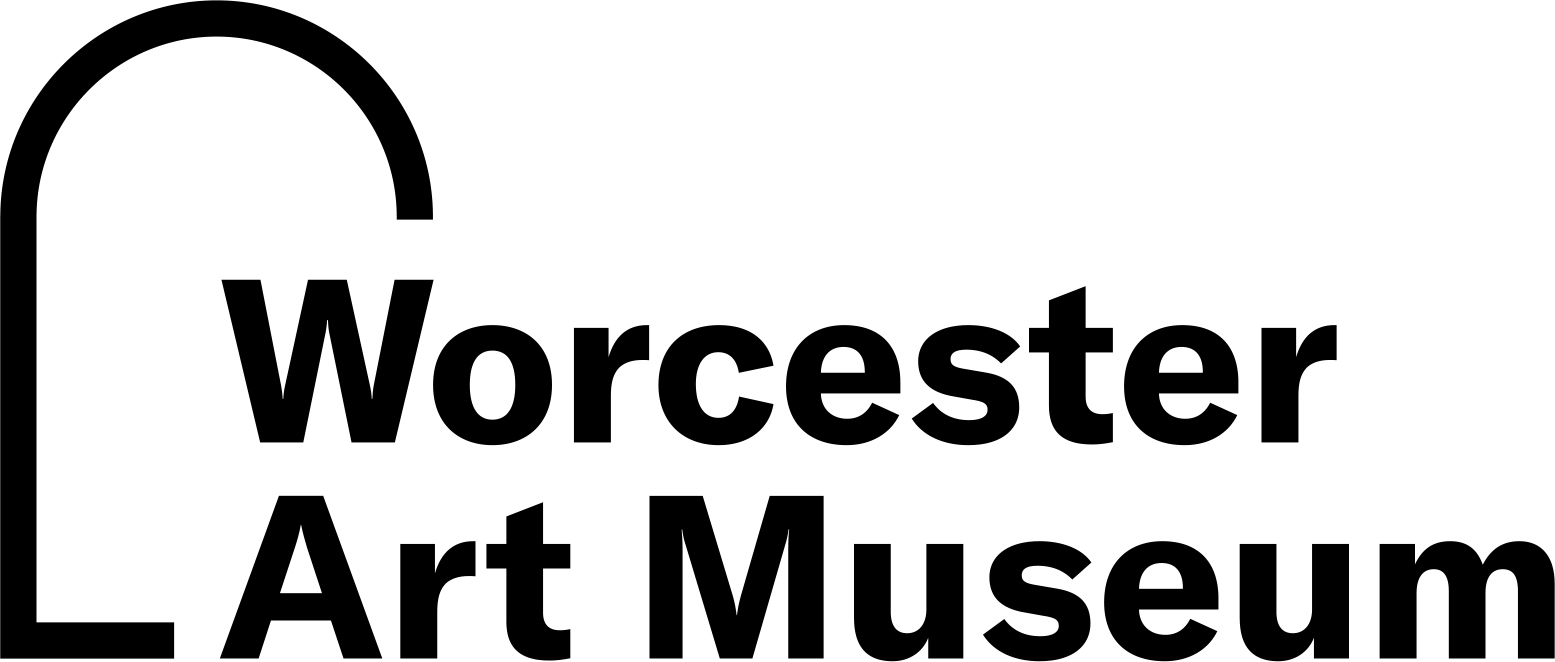Escutcheon for Shaffron (head armor for a horse)
Culture
European
Datelate 1800s-early 1900s
Mediumetched and blackened steel
ClassificationsArms and Armor
Credit LineThe John Woodman Higgins Armory Collection
Object number2014.75.2
DescriptionModern.Label TextAs in many of the cultures of Eurasia and Africa, the military elite of medieval Europe were mounted: the word for “knight” in almost every European language actually means “horseman.” A well trained warhorse was expensive, and a knight’s steed often wore at least a head protector, and sometimes additional armor for the neck and body. Shaffrons transformed the horse into a semi-mythical beast, much as armor transformed the knight into a figure of legend. Note the stylized noses, in some cases suggestive of a dragon. By the 1500s, it had become fashionable for horses and riders to wear matching armors. The etched and gilded shaffron is decorated in the characteristic strapwork style of the German city of Augsburg, one of the most important centers for high-end armormaking. It was once part of a coordinated ensemble of similarly decorated plate armor for the saddle and for the horseman who rode in it.ProvenancePurchased by Museum on November 9, 1940 from Jacques Seligmann & Co. (NYC), agents for estate of Clarence H. Mackay. Purchase price of $15,000 included all numbers associated with HAM#2604. Collection transfer from Higgins Armory, January 2014.
On View
Not on viewDesiderius Helmschmid
about 1552
Desiderius Helmschmid
about 1552
Desiderius Helmschmid
about 1552
Desiderius Helmschmid
about 1552
Northern German
1540–1560












